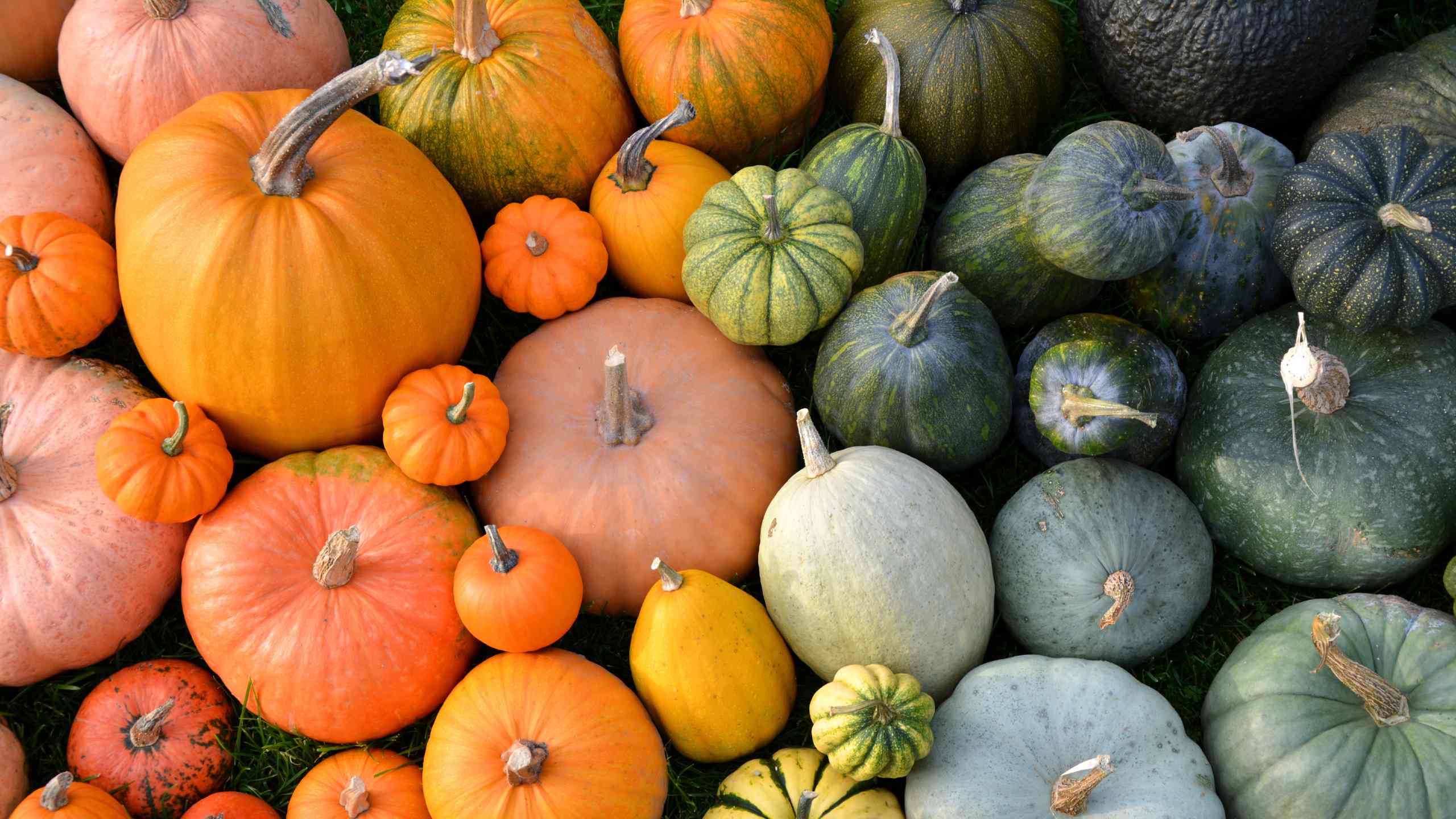An Icon of the Season with Ancient Roots
Pumpkins have become one of the most recognizable emblems of autumn. From the popular pumpkin spice lattes to Thanksgiving pies, they mark both the beginning and the end of the season. Yet, behind their festive image lies a story deeply rooted in agriculture, language, and American identity.
According to historian Cindy Ott, author of Pumpkin: The Curious History of an American Icon, the modern fascination with pumpkins reflects nostalgia for rural values and the small family farm. While today they are linked to celebration and comfort, their origins were far more practical.
From Indigenous America to the English Language
The word “pumpkin” evolved from the Greek pepon to the French pompon, and later to the English pompion. Despite its European linguistic roots, the plant itself is native to the Americas.
Archaeological findings indicate that Indigenous peoples across North, Central, and South America domesticated several species of Cucurbita more than 10,000 years ago. Pumpkins served as a durable, easy-to-grow food source that could be stored during cold months.
From Mockery to Cultural Icon
In the 17th century, “pumpkin” began to be used as an insult, describing conceited or foolish individuals. By the late 19th century, however, the word had taken on a more affectionate and symbolic meaning, representing simplicity, rural life, and connection to the land.
Today, the pumpkin embodies both agricultural heritage and modern creativity. Many farmers now highlight pumpkins to attract visitors, transforming their land into “agrarian wonderlands.” What began as a humble crop has become a cultural emblem of autumn and a reminder of the enduring link between nostalgia and renewal in rural America.



